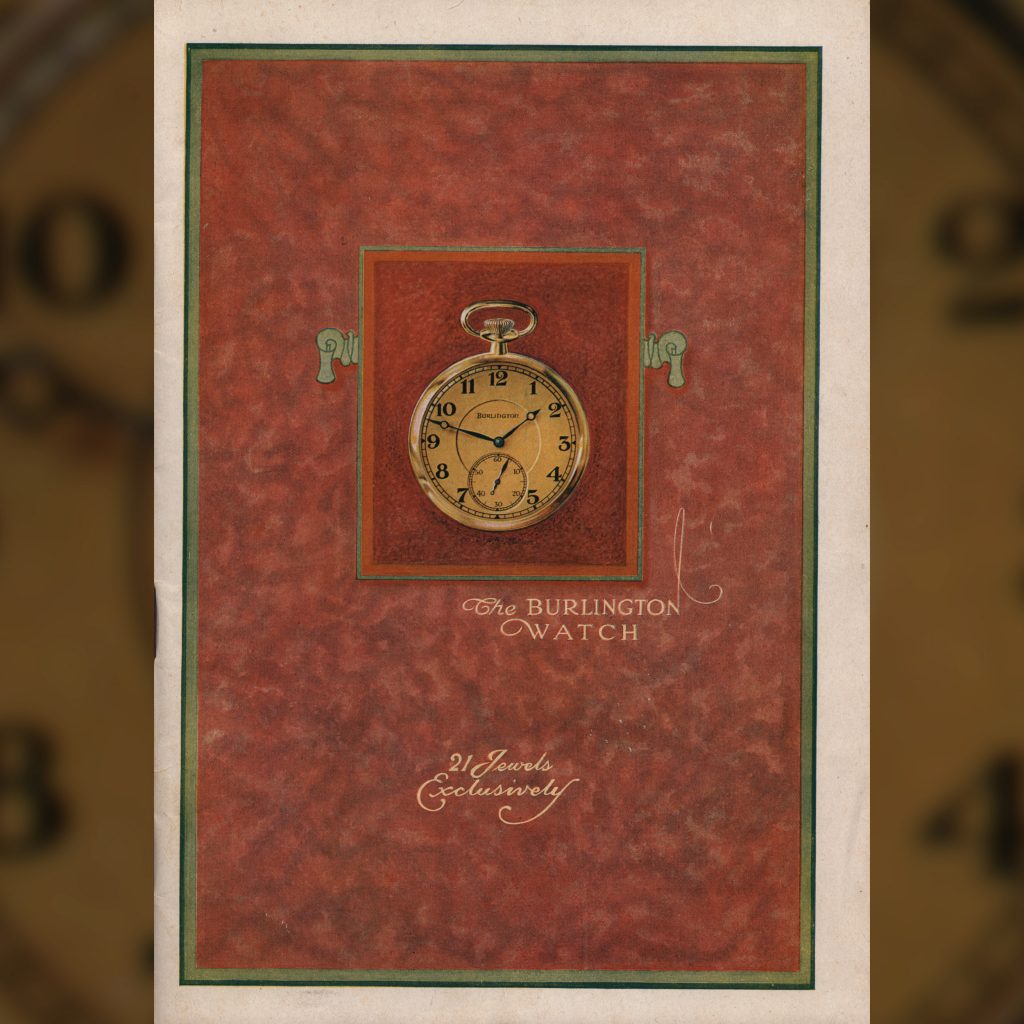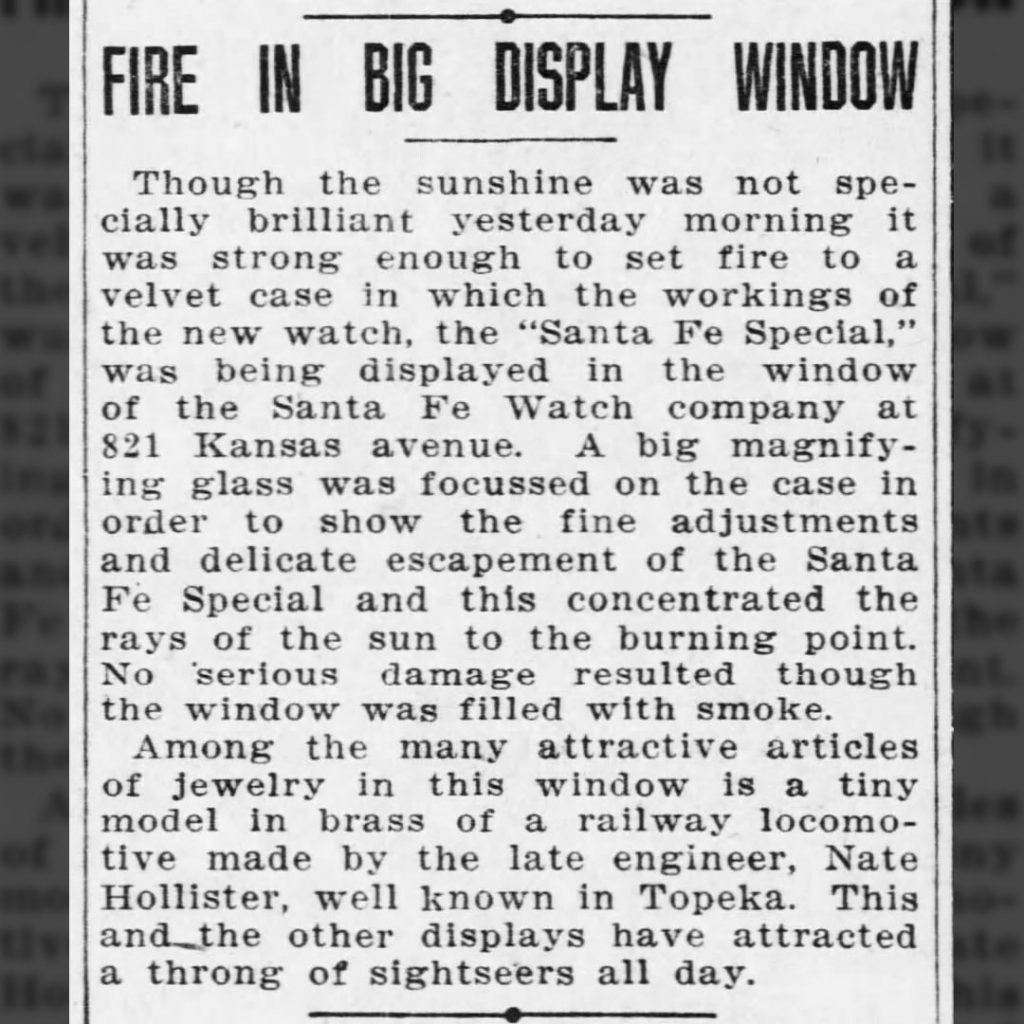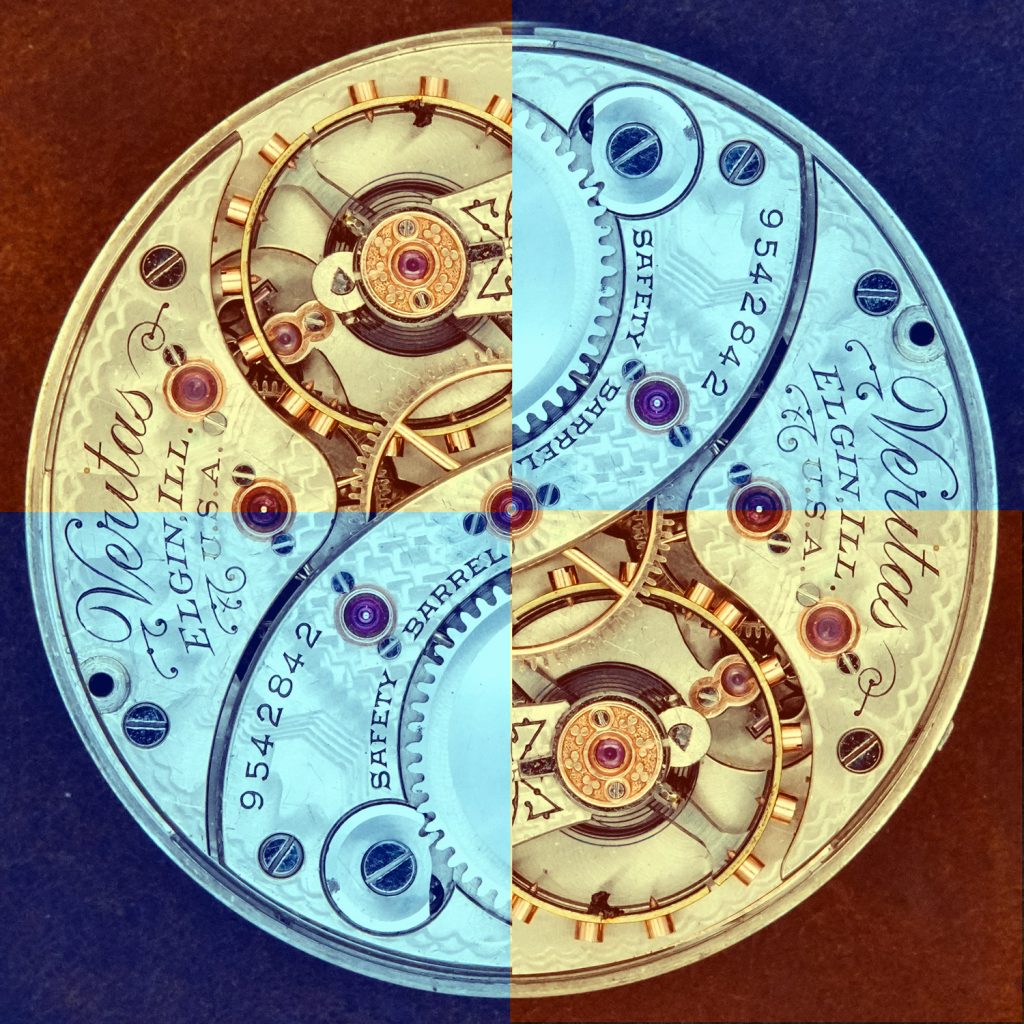Project: Reconstructed Serial Lookup Database for U.S. Watch Co. Waltham Production
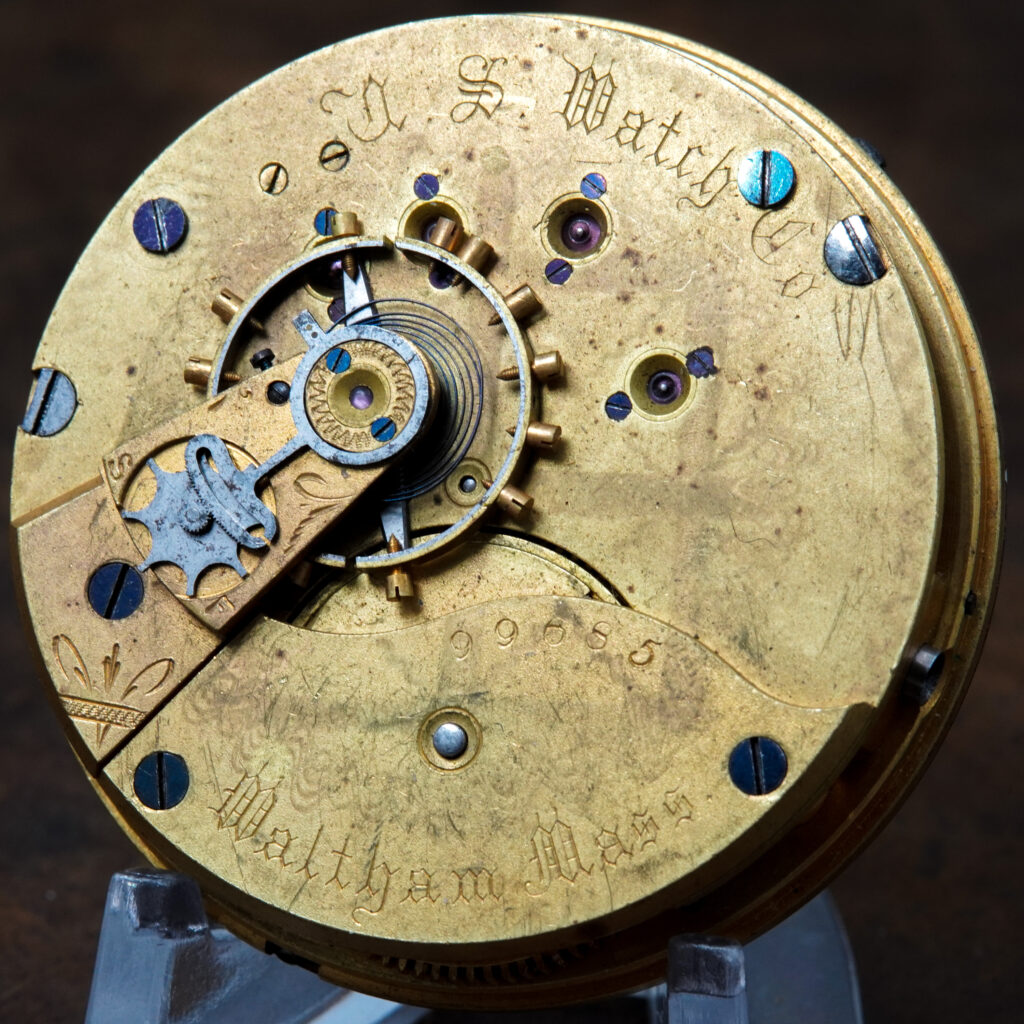
While sufficient production records exist for most of the larger American watch companies, much of the documentation for smaller companies has been lost to time. Such a fate is true for the United States Watch Company of Waltham, Massachusetts.
Company Overview
The U.S. Watch Company was organized in 1885 by Charles Vander Woerd, the brilliant mind that drove several innovations at the American Watch Company in Waltham. Woerd only remained at the U.S. Watch Company for two years, leaving after the embarrassing failure of his “Dome Model” watch.
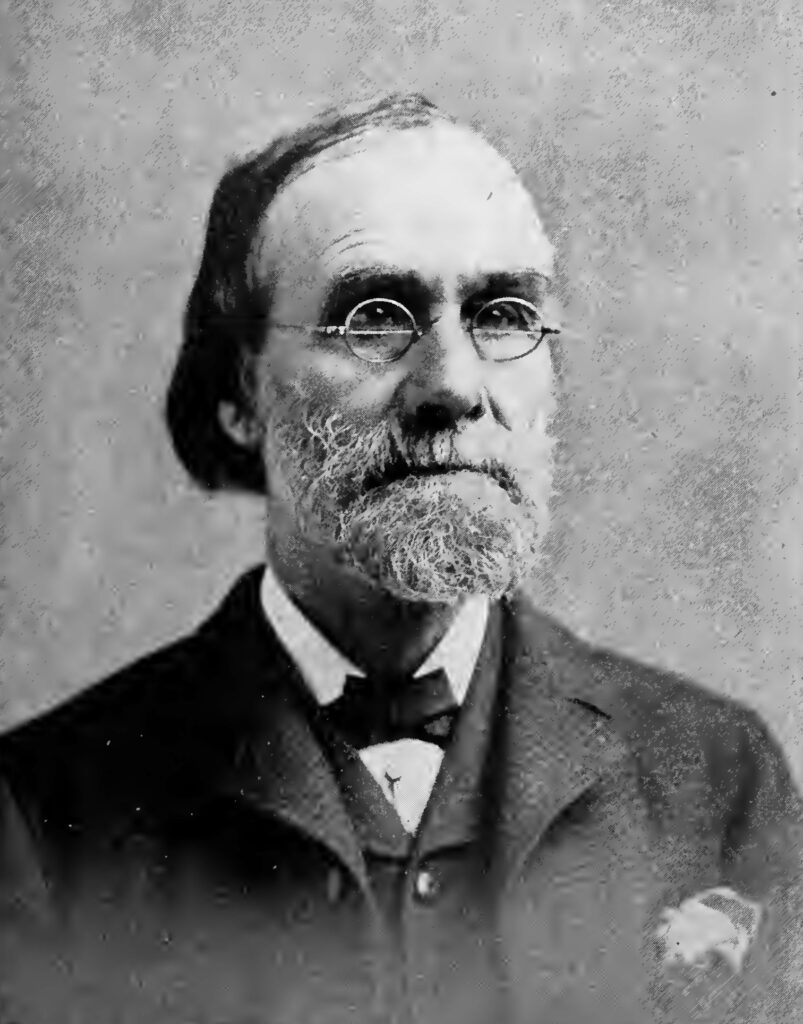
Superintendent of the U.S. Watch Company in Waltham, Massachusetts After Resigning from the American Watch Company
After Woerd’s departure, the company developed a new model that proved more successful in the market. For the next two decades, through several legal challenges and ownership changes, the company managed to produce approximately 385,000 movements. Unfortunately, no production records or serial lists have survived to modern times.
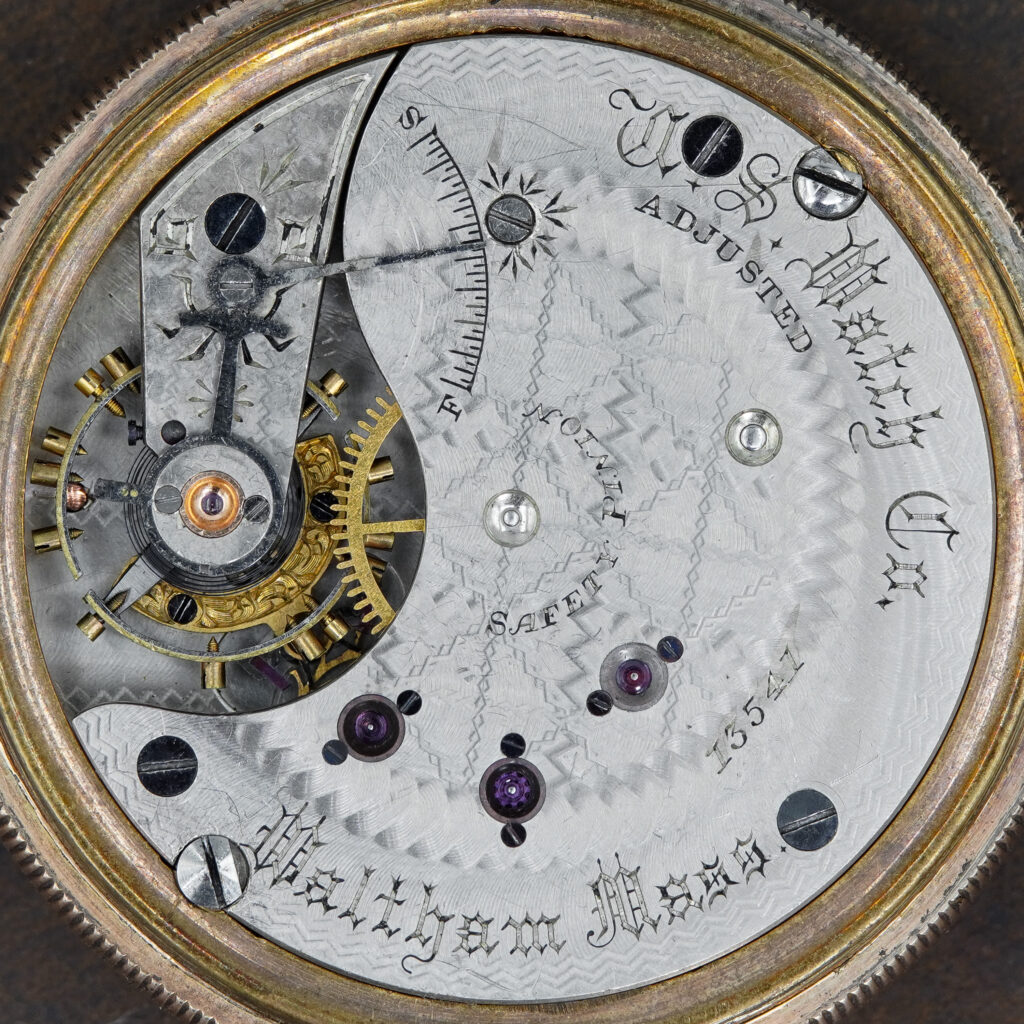
Identification Accessibility
As watch enthusiasts, the lack of surviving documentation brings interesting challenges that we do not encounter to the same degree when classifying watches from companies like Elgin, Waltham, and Hamilton. Grade classification, rarity, and estimated production date are aspects that frequently anchor collector interests. Without a proper database to quickly extract information, these identifying characteristics can only be uncovered from existing research or by analyzing small subsets of surviving examples. In these circumstances, interest tends to gravitate toward other manufacturers with better identification accessibility.
Inaccessibility of identification for certain manufacturers is a problem we should aim to resolve, even as imperfect as attempts may be. It is critical to bridge the gap for easy identification and classification to spur interest in these smaller companies to a new level.
Identification Issues
Several production habits cause identification problems when evaluating watches manufactured at the U.S. Waltham factory. While early production featured more consistent identifiable traits, the company began mixing low-end and premium features starting in the mid-1890s.
As was fairly standard amongst the American watch companies at the time (exceptions exist), the U.S. Watch Company utilized burnished top-plate jewels on their 11-Jewel movements early in production. This allows us to easily distinguish 11-Jewel from 15-Jewel production.
However, around 1891, the company began fitting all movements with screw-set top-plate jewels, removing a significant indicator for identification. Fortunately, lower-quality grades (like 11 jewel movements) were still advertised with a plain regulator and flat hairspring, while the premium grades (like 15 jewel movements) received a patent regulator and Breguet hairspring. During this period, the regulator and hairspring configuration are still fairly reliable indicators for identification, especially when paired with the material used for the jewel settings – gold vs. composition.
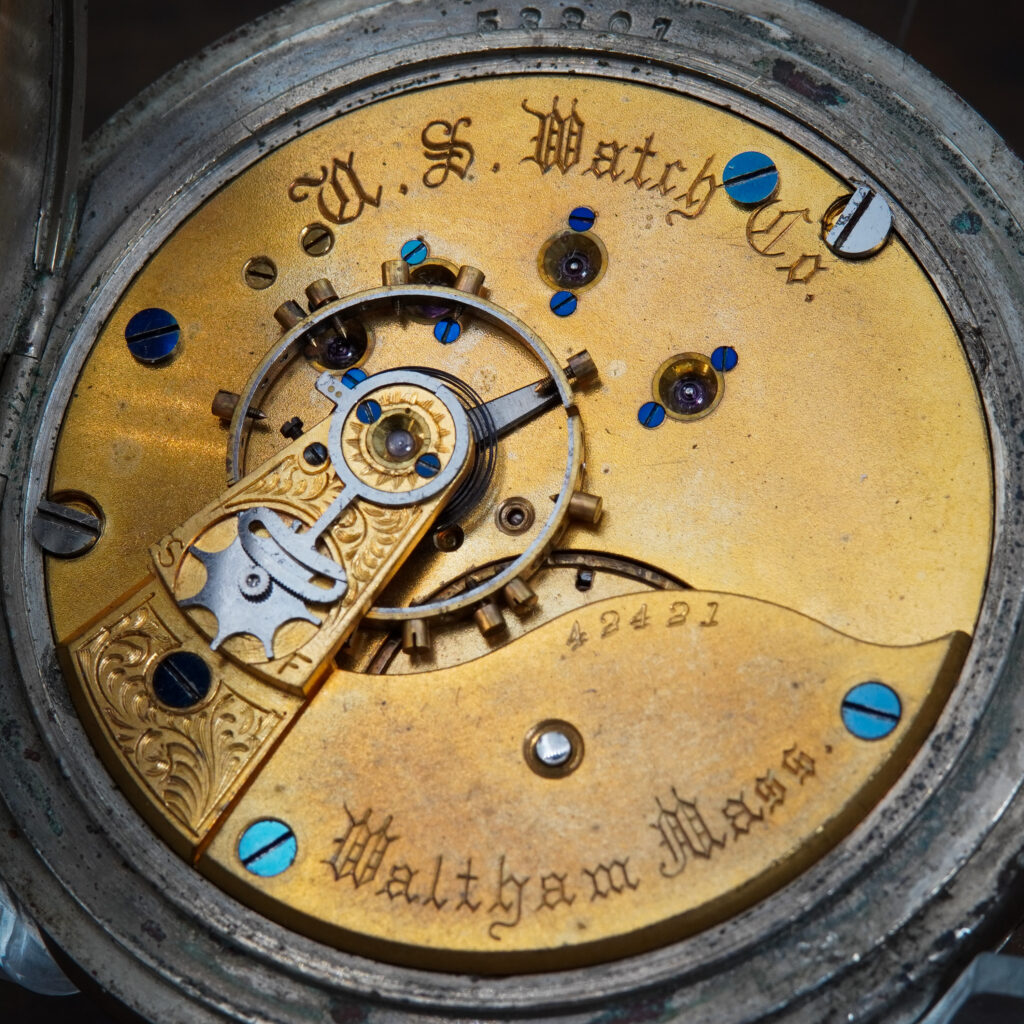
However, around 1895, the company reorganized its production classification and began mixing these features to offer more ambiguous grades. During this era, we begin seeing 15-Jewel movements with plain regulators and 11-Jewel movements with patent regulators and vis versa. In fact, some advertisements described the 11-Jewel movements with premium features as having the “exact appearance of a full-jeweled movement.” [A.C. Becken Ad, December 1894 KS]. This move was great for the market and the company at the time, but it caused a significant challenge for proper classification today.
Fortunately, the damaskeening patterns used by the company remain one aspect of the nickel movements that can still assist in identification without removing the dial. However, we still have very little information regarding what type of damaskeening patterns are associated with certain grades. Furthermore, this identification method cannot be applied to gilt movements.
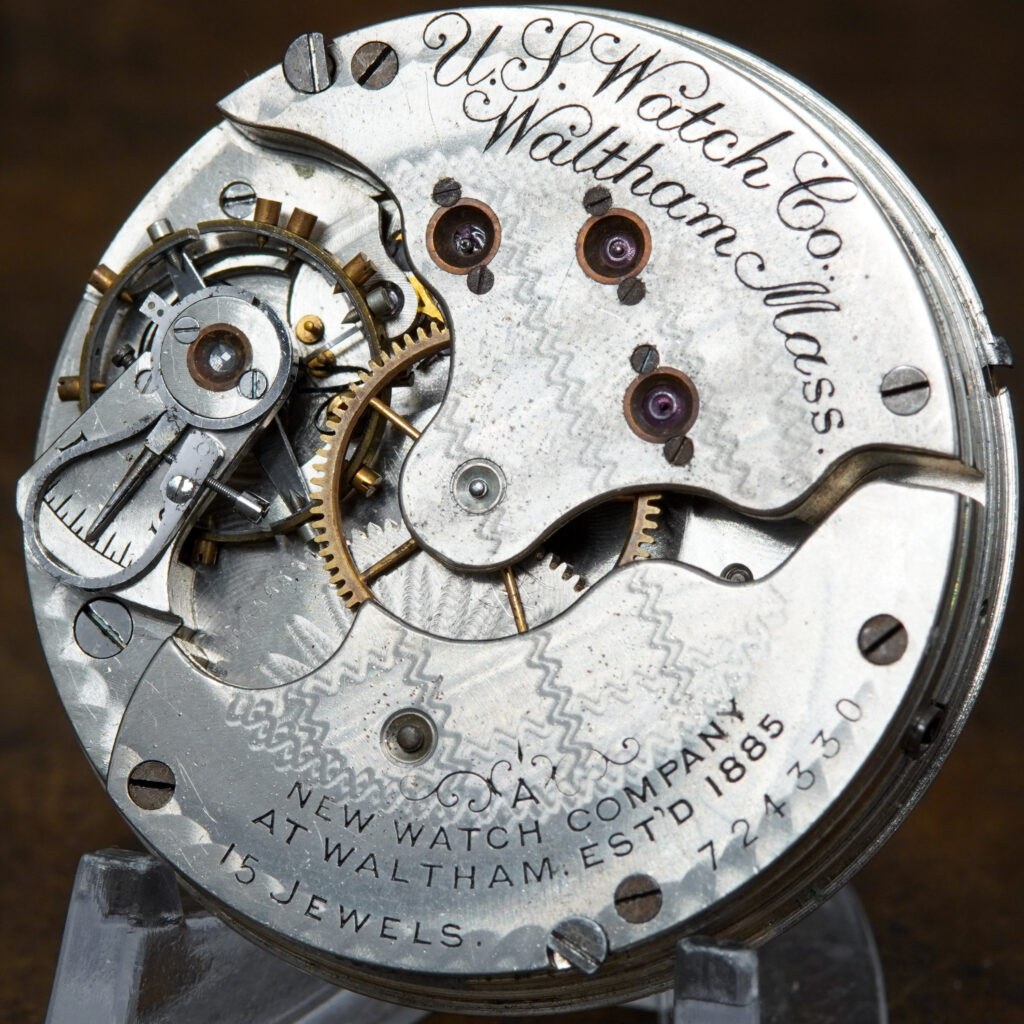
These identification challenges are largely isolated to the 18-Size models. The 16-Size, 6-Size, and 0-Size production featured fewer grade classifications, and movements were often marked with jewel counts or finished in consistent and distinctive ways that can offer sufficiently reliable indicators.
“Waltham Watches”
Another challenging aspect of identification has plagued people since the birth of the company – and it was very intentional. When Charles Vander Woerd organized the company in Waltham, Massachusetts, he strategically selected the name “U.S. Watch Company,” knowing that most people would readily associate this new company with the “American Watch Company” located in the same city. In fact, after advertising under the heading “Waltham Watches,” the company could not escape constant legal challenges from the American Watch Company. In 1899, this ultimately resulted in the company being forced to mark movements, “A New Watch Company At Waltham Est’d 1885” to proactively ensure nobody would be unintentionally confused.
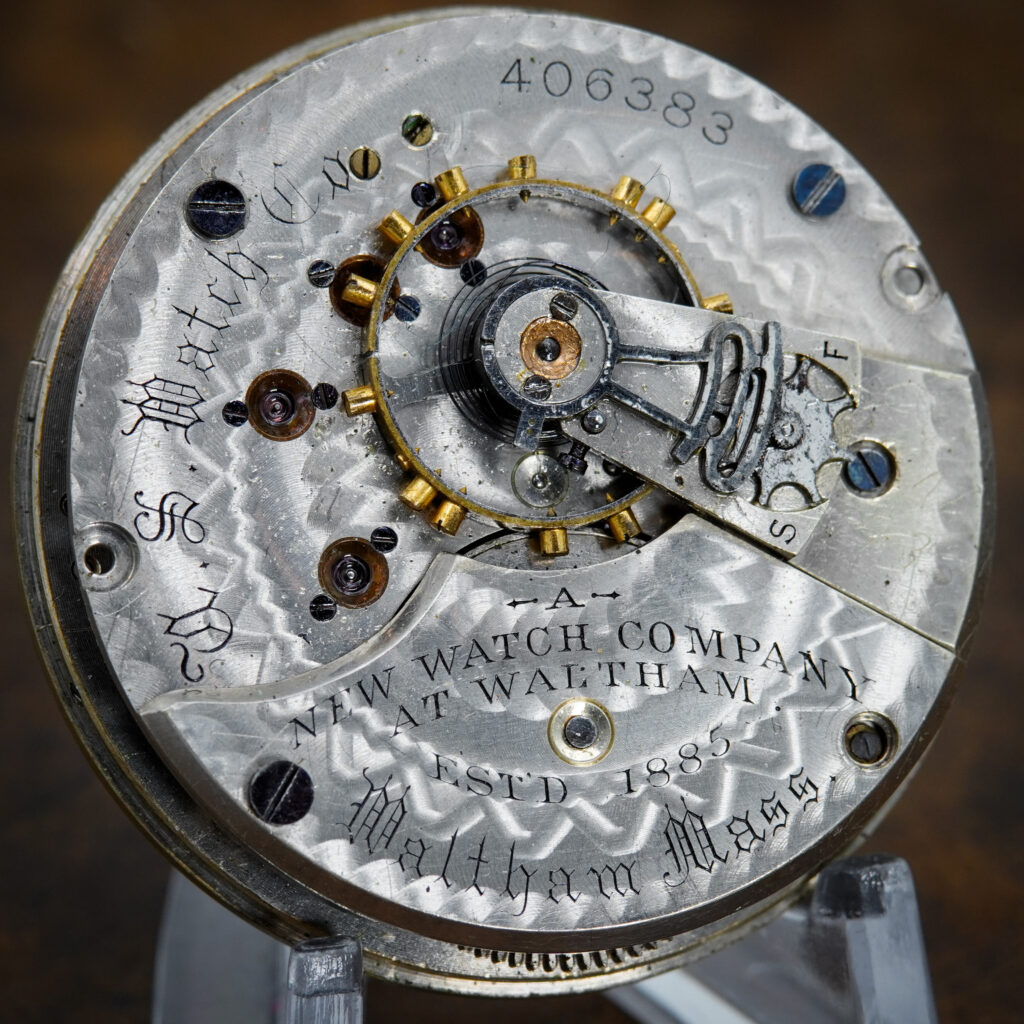
Since many dials are signed “U.S. Watch Co. Waltham” and movements prior to 1900 are marked “Waltham, Mass.,” these watches are frequently confused by modern collectors as products of the American Watch Company.
The First Database Iteration
After tediously recording details and composing an extensive database of surviving examples, we have the first glimpse of a serial lookup engine for the U.S. Watch Company.
Due to the identification challenges mentioned above and insufficient promotional material, this reconstructed serial list is admittedly less reliable than what we would typically expect with other companies.
Under these circumstances, the first iteration of the database aims to provide a “blurry” depiction of the company’s production rather than a crystal clear image. The objective right now is not to achieve 100% accuracy but rather, to spur more interest, research, and information-gathering that will improve the database over the span of several years – or even several decades.
This reconstructed database should serve more as a scaffolding than any kind of authoritative source of information. Much of the information will be correct, but there will be a lot of information that will require further refinement over time, especially when differentiating between 11-Jewel and 15-Jewel movements.
The benefit of launching a useable lookup engine for products of the U.S. Watch Company will outweigh the drawbacks of these inaccuracies in early iterations. We have seen that having information circulating prompts inaccuracies to be identified and subsequently corrected. Refusing to take this step would result in the company and its production to be continually overlooked and neglected. Anything that can spur additional curiosity and interest is positive, even at the expense of inevitable early failures and data inaccuracies.
How You Can Help
We need information on any surviving examples from the U.S. Watch Company you may have in your collection. Because of the identification challenges in looking solely at the top plate, inspection under the dial for pillar plate jeweling is ideal, if possible. Clear images of the top plate, pillar plate, and dial are crucial to recording information that will be beneficial in refining the data.
Feel free to send us a contact message or upload images of your watch to your account on the Pocket Watch Database for further evaluation and documentation.

